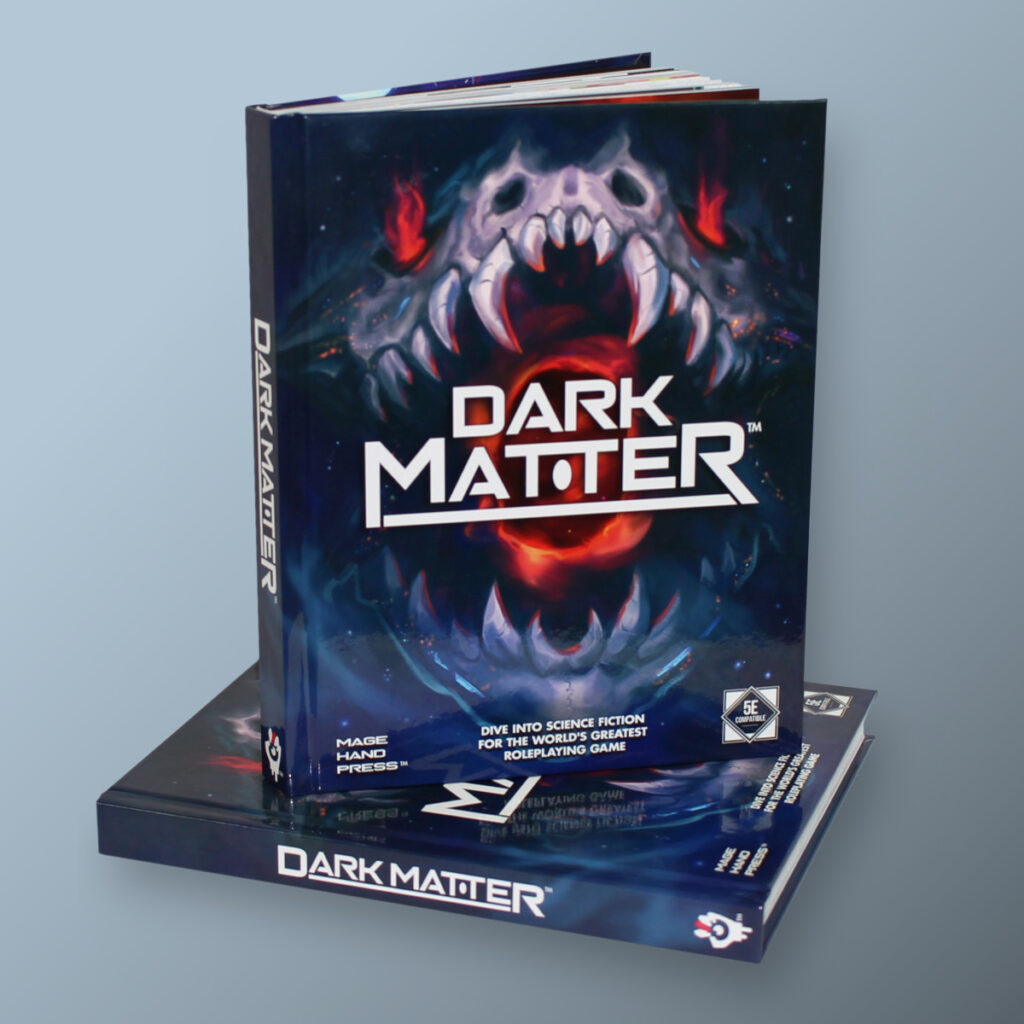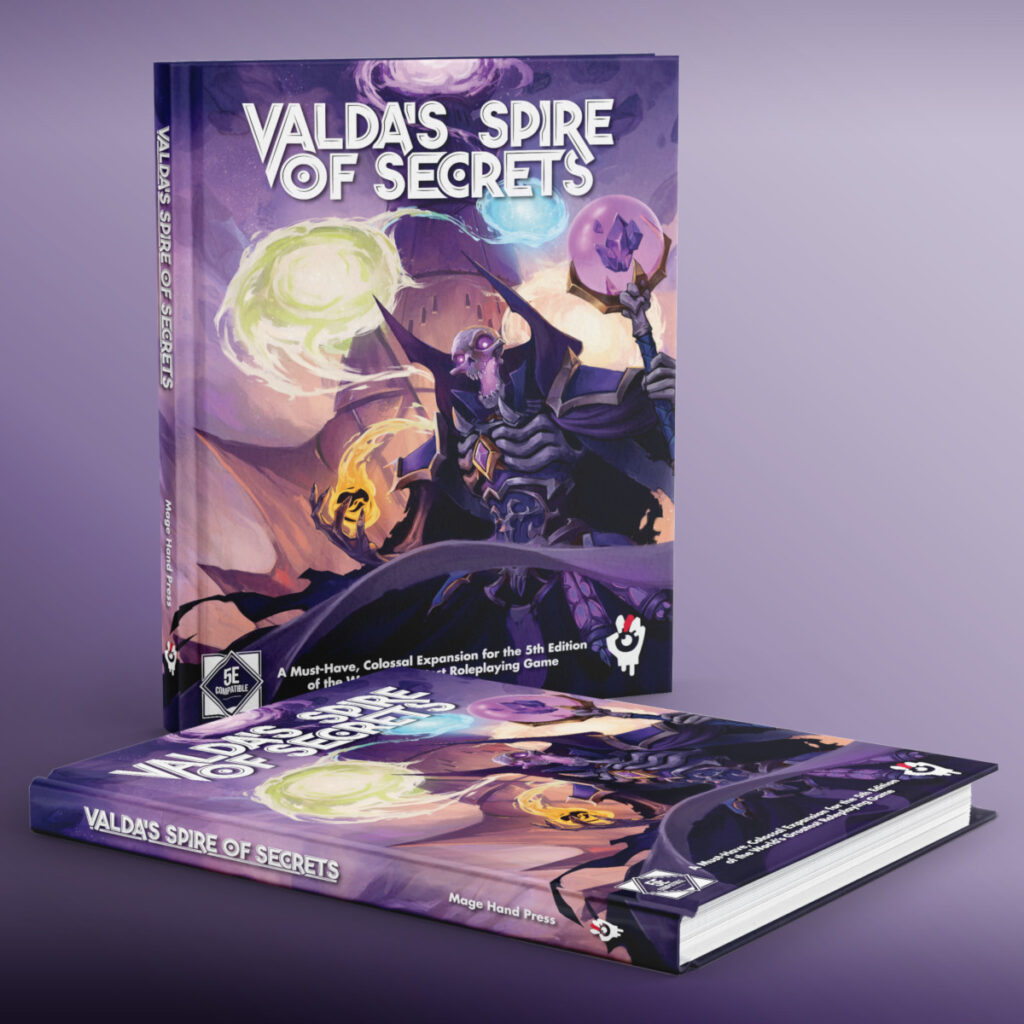Comments from the Finger: There’s no shortage of siegeball games with weird variant rules to shake up the game and draw in big crowds. Here’s a few examples!
Game Twists
Arena owners love dramatic, dangerous games that draw in large crowds and immense profits. Players, for their part, mostly tolerate these special big-headline games, since they also typically pay more for participation. You can pick from or roll on the following table (adding in a suitably exciting name like “Multiball Madness” or “Tortoise Tower Terror!”) to further spice up your siegeball campaign:
| d20 | Game Twists |
| 1 | Some violent madman has adorned the walls and towers of this arena with sawblades and short spikes. The ball is too heavy to be affected by them, but if a player contacts the walls or towers, they take 1d6 piercing damage and 1d6 slashing damage. |
| 2 | Chained to a sturdy post in the center of the arena is a full-sized ogre. The ogre can move up to 5 feet from the post and is completely uninterested in the ball; its only concern is squashing players. Both teams are given explicit orders not to kill the beast; it’s more expensive to catch ogres than it is to replace siegeball players. |
| 3 | Magical sigils of acceleration adorn carefully-selected locations in this arena. Whenever the ball moves across one of these sigils, it gains 2 momentum points. In other places, sigils of leaping have been placed. Whenever a creature moves over one of these sigils, they can leap up to 20 feet into the air, landing harmlessly. |
| 4 | Four random locations on the field contain difficult to spot magical traps. When a creature steps into a space containing a magic trap, they take 2d6 force damage as they are blasted into the air, landing prone. |
| 5 | For this game, the arena has been converted into a lethal mix of a siegeball game and a firework show for the audience. A vast number of randomly-positioned mortars (or one specially enchanted one) has been arranged in the center of the field to rain large fireworks onto the field at random. At the beginning of each round, 1d10 mortars launch fireworks into the air above positions randomly determined by the GM. At the beginning of the next round, these mortars fall and new ones launch. Roll 1d4 for each firework in the air; on a 4, the firework detonates harmlessly in the air. Every other firework lands in its predetermined space on the ground, exploding with a brilliant display of color in 15-foot radius. Each creature within the radius of an explosion must make a DC 14 Dexterity saving throw or take 4d6 fire damage. Your team has been given fire-retardant gear and earplugs to mitigate the damage and soften the deafening explosions. |
| 6 | Though neither team is made aware of the changes beforehand, the arena is dotted with solid barriers rendered completely invisible through illusion magic. Players will likely first become aware of this when someone runs headlong into an invisible wall. The crowd finds this hilarious. |
| 7 | To begin the game, two balls (one red, one blue) are placed at the center of the arena. Teams are allowed to select one additional player prior to the start of the game. However, both balls are enchanted to periodically release a burst of magical force. At the start of each round, one ball bursts, and each creature within 5 feet of it must make a DC 16 Dexterity saving throw or take 3d6 force damage, or half as much on a successful save. The balls alternate burst cycles. |
| 8 | The arena’s owner has enlisted the help of a necromancer to include a war chariot, manned by a skeleton charioteer. This chariot takes its own turn in initiative to make wide, sweeping passes at the ball, knocking the it indiscriminately around the field (aiming for no objective in particular), and running over any player near it. |
| 9 | To celebrate the holiday season, a field of magically-conjured snow blankets the field. The ball collects this snow as it moves, growing into an ever-increasing snowball: keep track of the number of momentum points the ball loses by moving; the next time it hits an obstacle, player, or tower, it deals that amount of additional damage upon collision. |
| 10 | A trio of imps, named the Three Advocates, invisibly lurk around the field, interfering with the game to their own agenda. The Advocates win the game if neither tower has fallen at the end of a fixed duration. The imps have no qualms harming players for audience entertainment. |
| 11 | Audience members been given magical ballots which empower or disable players in the game. They constantly change their votes, causing the magical effects to swing from player to player. At the beginning of each round, the votes are tallied, and the player with the most votes is paralyzed until the beginning of its next turn and the player with the fewest is accelerated, as per the spell haste. The GM can decide how the votes are cast based upon showmanship and crowd favoritism, or roll for it randomly. |
| 12 | The ball has been replaced by a spiked, flaming ball. This is a spiked ball that deals an additional 1d8 fire damage to any creature hit by it. |
| 13 | Both teams’ towers are partially supported by a magical sand that drains away like an hourglass as the game progresses. At the beginning of each round, both towers take 2 damage each. Towers stop taking this damage when they have 10 or fewer hit points remaining. |
| 14 | By some ludicrous magic, an animated stone statue of an armadillo has been created to act as the game’s ball. Though it spends most of its time rolled into a ball to protect itself from both teams’ relentless attacks, it rolls its own initiative (with a +0 bonus) and takes its own turn. On its turn, it moves 20 feet away from all the players. If it is hit while running, it rolls back into a ball. |
| 15 | A powerful illusionist, who delights in nothing more than putting on a spectacular show, controls dozens of illusions in the arena throughout the course of the game. This includes illusory obstacles and illusory players, though to further complicate matters, some new (real) obstacles have been placed in the arena and, once per turn, the illusionist can cause an illusory player to become semi-real to attack the ball as a normal player. |
| 16 | The ball has been replaced with a large, hollow iron sphere of approximately the same weight. Additionally, 5 rust monsters are released into the released into the arena to chase after and consume the ball. If the ball is corroded 5 times by the rust monsters’ antennae, it collapses into rust and the game ends in a loss for both teams. Players are ordered not to slay the monsters. |
| 17 | A line of animated statues brandishing massive tower shields stand shoulder-to-shoulder and line the outermost wall of the arena. At the beginning of each round, the statues step 5 feet forward, gradually squeezing the arena into a narrow hallway. |
| 18 | Each team is permitted a single archer that must perch atop their tower. This archer is not permitted to fire at the opposing team’s tower, but may fire at players and even the ball. Whenever a tower is hit, the archer must make a Dexterity save (DC equals 8 + the damage taken by the tower) or be knocked off of the tower. The archer must spend their next action climbing back up the tower or to retire. |
| 19 | Each team’s tower is built atop the backs of an extremely large tortoise, which moves 5 feet in a random direction at the beginning of each round. A player can use its action to coax a giant tortoise to move in a particular direction, but if a tortoise takes any damage, it retreats into its shell and remains motionless for 2 turns. |
| 20 | This annual game, called the Superb-Owl, has some of the greatest pomp and circumstance (and some of the most elaborate halftime shows) of any siegeball game. The game itself involves 4 trained owlbears which join each team in the game. Traditionally, one team wears owl masks, and the other wears bear masks. The owlbears will not attack one another, but will maul players on the enemy team. |



